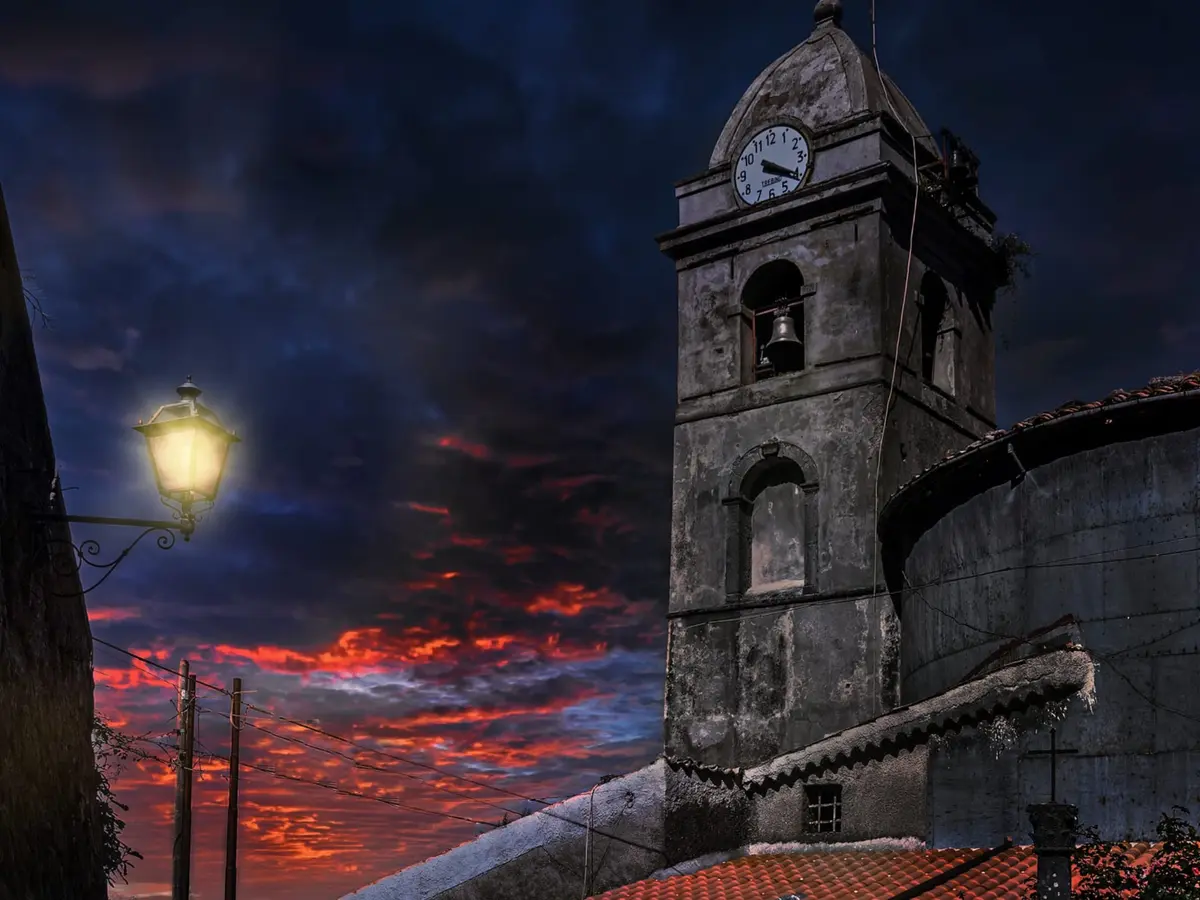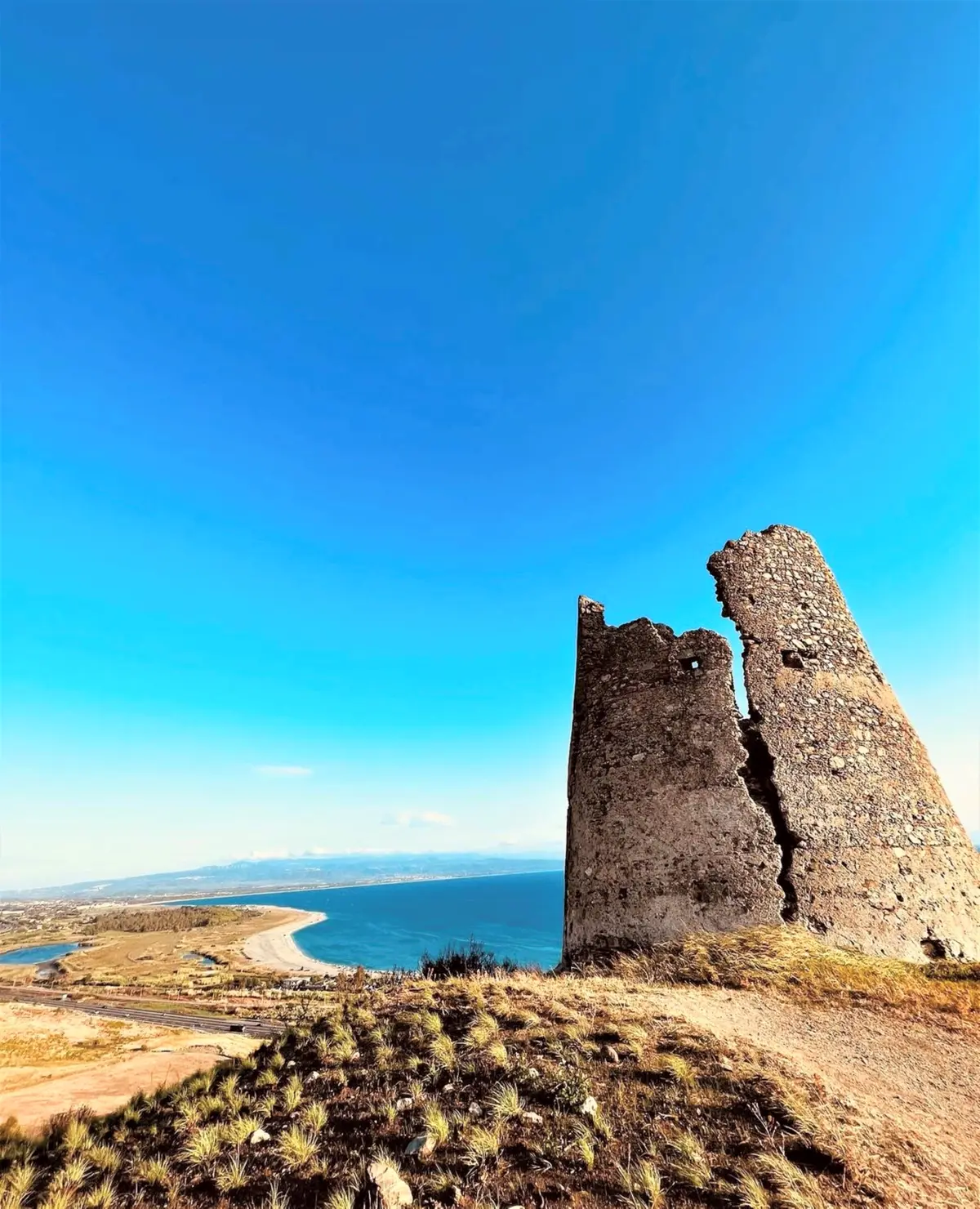Albanians of Calabria, an itinerary among the Arbëreshë communities
Journey through Italian-Albanian culture and folklore
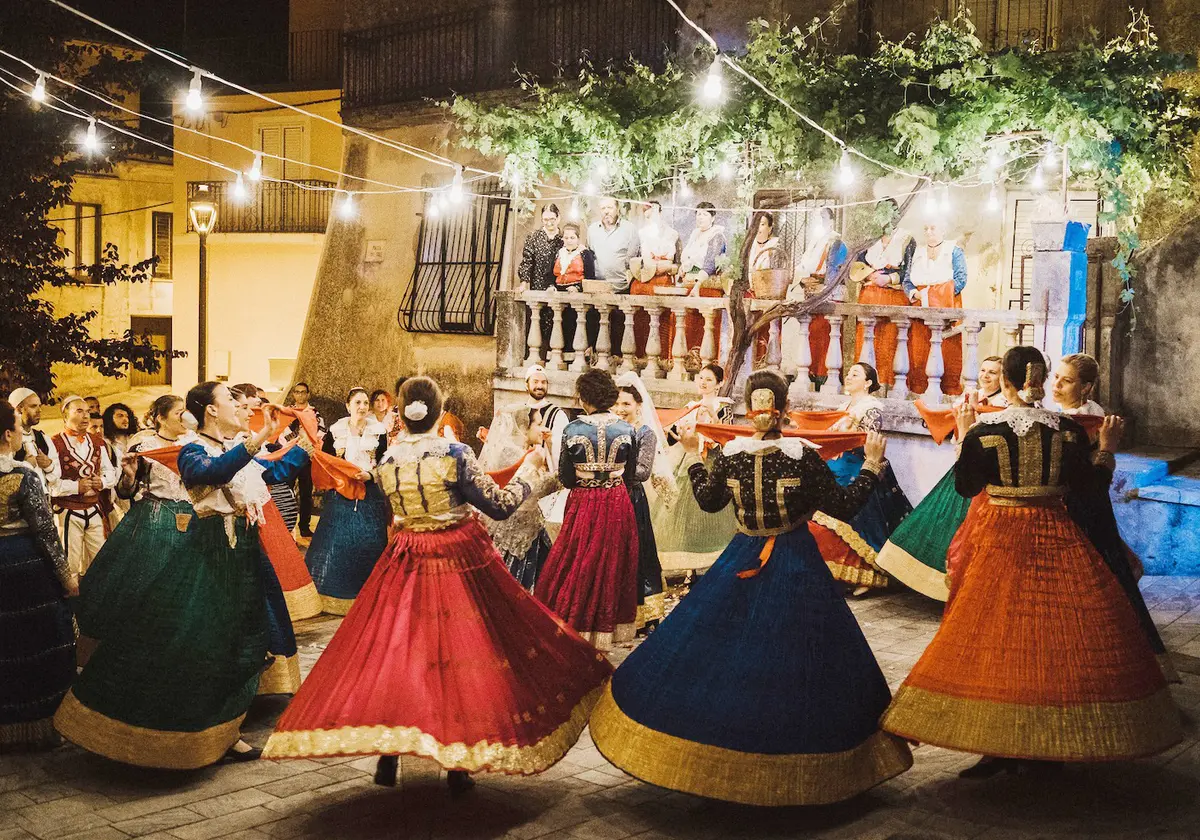
Tradition and folklore
Regione Calabria
Always a welcoming territory, reaching out to peoples and cultures that have been passing through it for centuries, Calabria counts from north to south the presence of 3 ethnic minorities that enrich it with languages, customs and traditions to be discovered.
Among them, the Italo-Albanian (arbëreshë) communities located in the provinces of Cosenza, Catanzaro and Crotone, represent a point of reference for all Albanians in Calabria, who huddle around their respective eparchies, the main territorial centres of reference of the Greek-Byzantine rite.
The Arbëreshë community in Calabria
The history of the Arbëreshë community in Calabria has a precise origin. It recounts first the drama and then the rebirth of the Albanian refugees who fled Turkish persecution in their homeland from the end of the 14th century (at the fall of the Byzantine Empire) and, more massively, during the 15th century, when Alfonso of Aragon gave them a series of territories to reward the Albanian leader Giorgio Castriota Scanderbeg for his help during the conspiracy of the barons in 1448.
It was then that ethnic Albanian populations, originating from southern Albania and northern Greece, began to move towards the lands of what was the Kingdom of Naples.
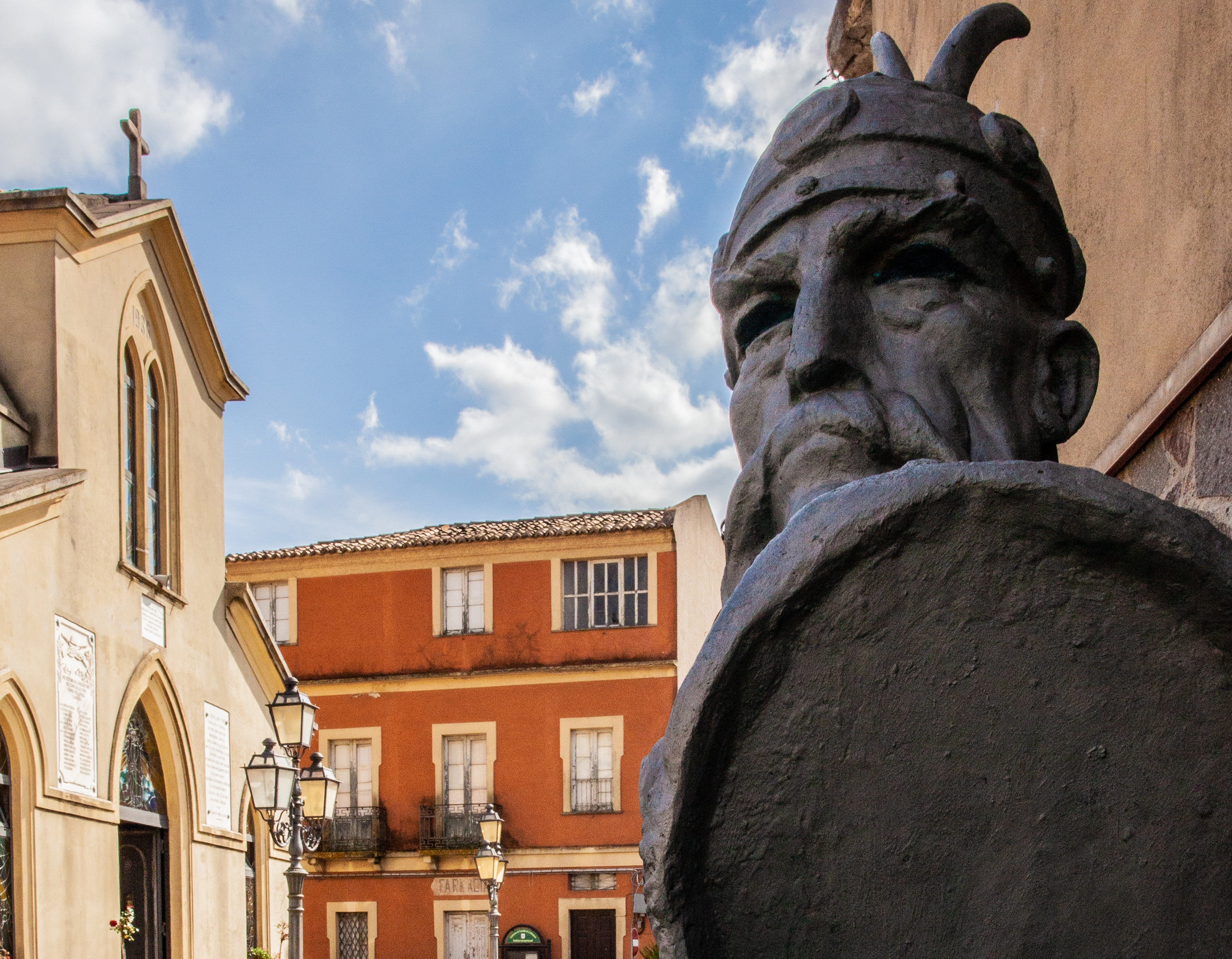
Today, the Albanians of Calabria represent a proud community, one of the most numerous in Italy, that has had the tenacity to preserve its cultural identity over time through customs, language, religion and gastronomy, the distinctive elements that it has always shared with tourists and visitors eager to learn more.
Travelling among the Albanian municipalities in Calabria is a true immersion in an "other" culture, which allows one to discover oriental places, colours, scents and traditions without moving from Italy.
Some of these towns also appear among The Most Beautiful Villages in Italy and we absolutely recommend visiting them.
Among those in the province of Cosenza, for example, in addition to the eparchy of Lungro, it will be pleasant to visit the town of Civita, which is characterised by several peculiarities. Set in the Pollino National Park, Civita, also known as the "Country of the Devil's Bridge" due to the presence of the ancient bridge of the same name, is famous for the so-called Kodra Houses. The definition, coined to recall the Albanian painter Ibrahim Kodra, refers to a truly unique feature of the settlement: the anthropomorphic huts, with human faces. One of the places not to be missed is the Ethnic Arbëreshë Museum, which collects artefacts linked to the Byzantine religious tradition and the peasant world, with references to the ancient spinning mill operated by the Raganello river.
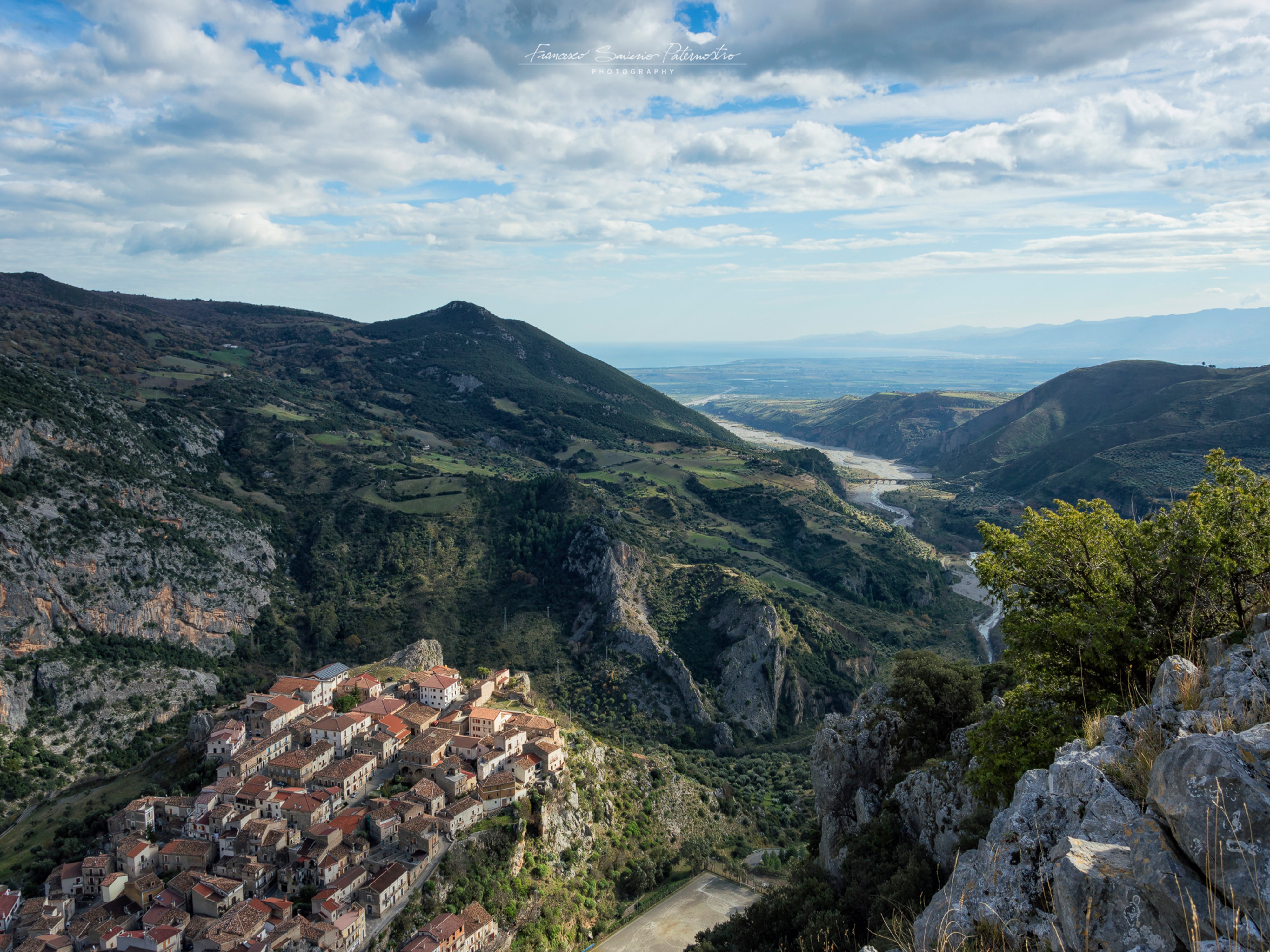
Remaining in the province of Cosenza, the territory that hosts the largest concentration of Arbëreshë villages in Calabria, lovers of precious traditional Albanian costumes can also visit the relevant costume museums in the towns of Vaccarizzo Albanese, Santa Sofia d'Epiro and Frascineto, centres that are very active in preserving customs, rituals, folklore and festivities that cannot be missed.
Moving to the province of Crotone, Albanian traditions still persist in the villages of Carfizzi, Pallagorio and San Nicola dell'Alto. The main characteristic of these and other towns of Albanian origin (including those in Cosenza) is their unmistakable urban layout: the gjitonia.
What is it? The term, which refers to the ancient matriarchal organisation of spaces, typical of the East and the South, in the Arbëreshë settlements translates into a precise urban layout: small houses, usually arranged in a semicircle, flanking a main house known as a "mansion" and all overlooking a small square or common widening, the nerve centre of neighbourhood life and rituals.
The province of Catanzaro is also home to its Albanian communities (Caraffa, Vena, Zangarona, Gizzeria, Andali and Marcedusa), small centres of ancient foundation.
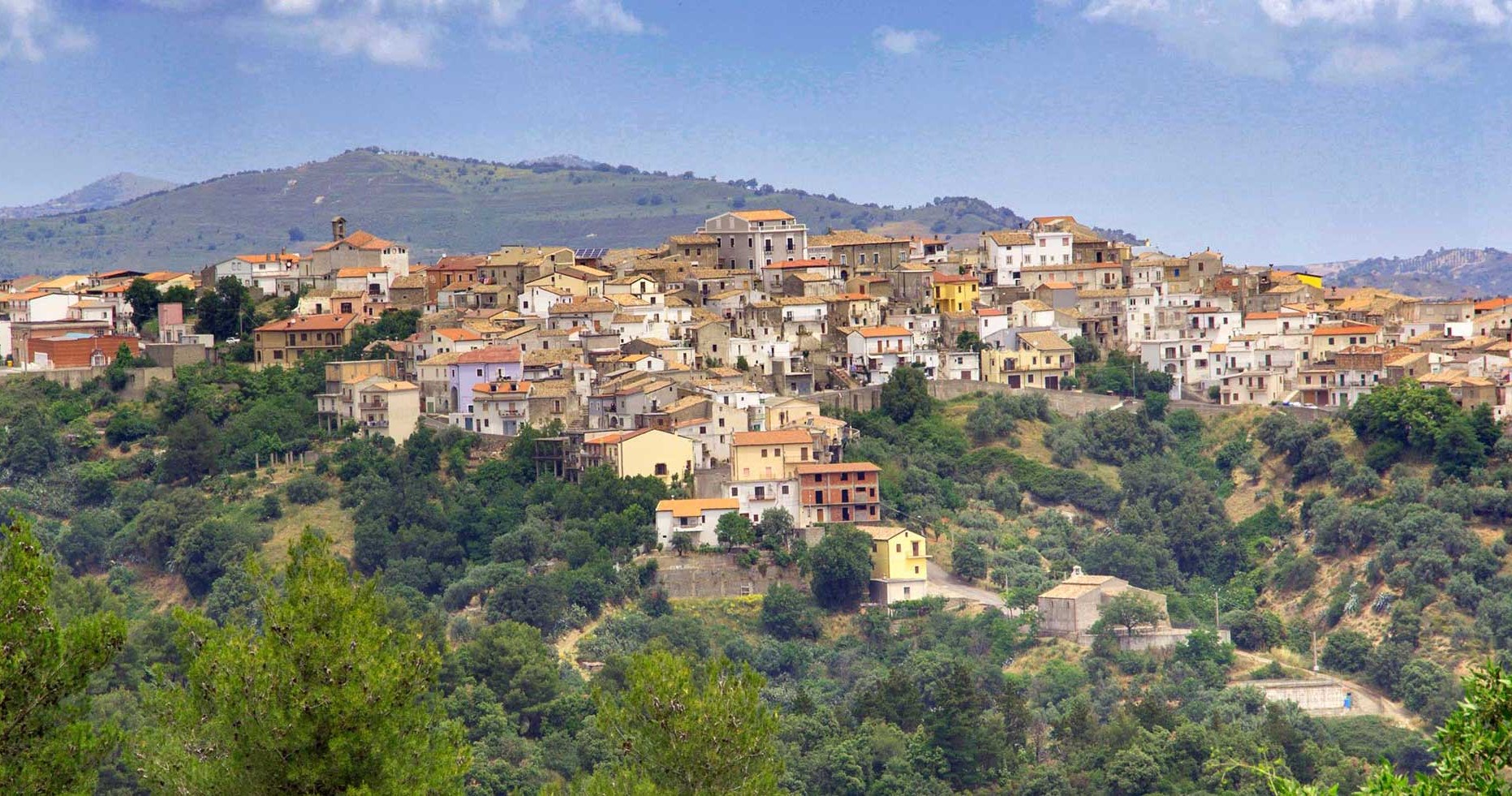
Language, rites, customs and gastronomy
The Arbëreshë language is a variety of the ancient Turkic, a southern Albanian dialect called Arbërisht, mixed with Italic words assimilated in the long admixture. According to the latest estimates. Among the villages that best preserve the language of its origins are the Cosenza villages of Lungro, Acquaformosa, Civita, Frascineto and San Demetrio Corone.
The latter, in particular, is the seat of the Italo-Albanian College of Sant'Adriano (1732-1794), an important religious and cultural body for the preservation of the Oriental rite and homeland traditions, a true beacon of Albanian identity heritage. The hamlet of Macchia Albanese was the birthplace of Girolamo De Rada, the Arbëresh bard and father of modern Albanian literature. In addition, the "Festival della Canzone Arbëreshe" is held in San Demetrio Corone every year.
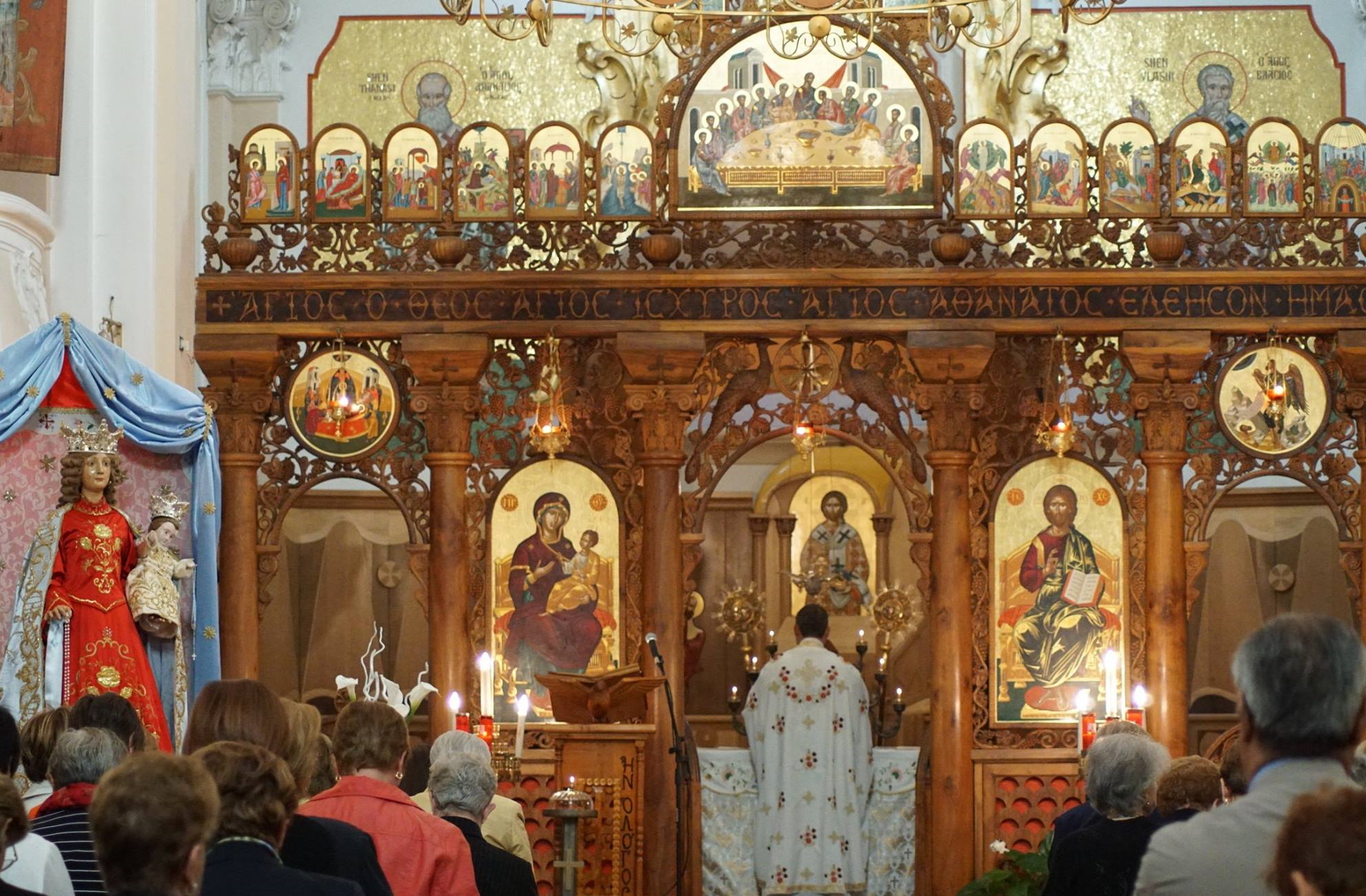
Among the rituals not to be missed are the evocative religious festivals of Albanian Holy Week (Java e Madhe) and Albanian Easter (Pashkëvet), ideal times of year to visit the Arbëreshë villages in Calabria, as well as the famous Carnival (Karnivalli).
During these rituals, the streets of the villages come alive with young people who, to the sound of bagpipes and accordions, recite ancient poems and traditional songs (vjershë) to accompany typical dances (vallije).
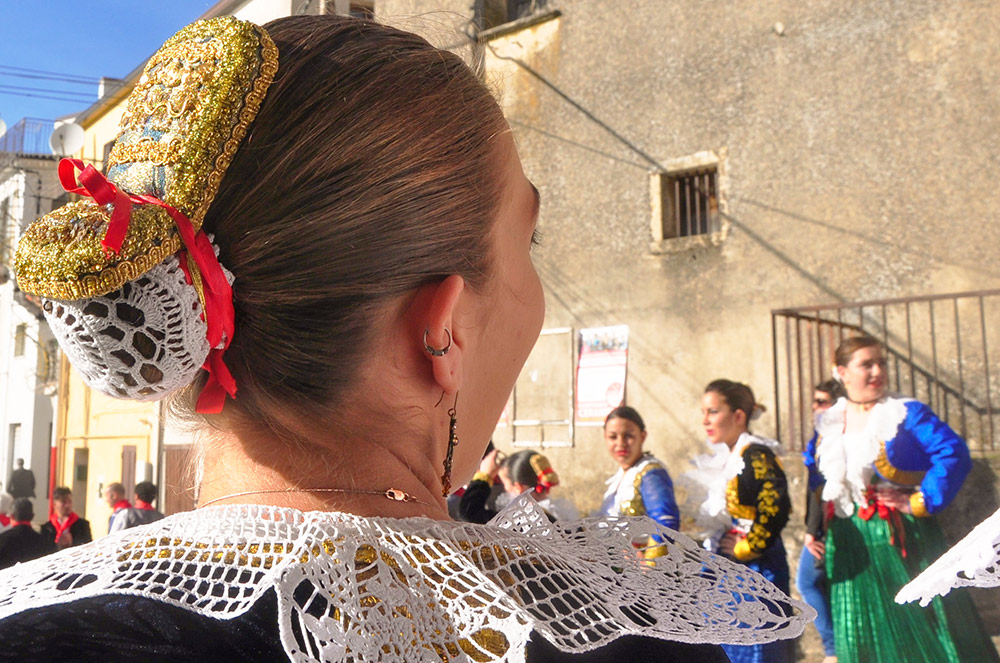
What should you absolutely taste? In addition to the many typical Albanian dishes, not to be missed is the mate ritual (rites i matit), which, although not of Arbëreshë origin but evidently Argentinean, recalls the migratory flows of one culture into another.
What is needed for the mate ritual? The kungulli, a container made from an empty gourd, the pumbixhin, a metal straw, and the çikullatera, the kettle for water. The preparation is very simple: after heating the water, kungullin is prepared, inside which a piece of embers and a dried orange peel are placed, sugar is added, hot water is poured in and the contents are consumed by sucking them through the pumbixhin.
https://calabriastraordinaria.it/en/news/albanians-of-calabria-an-itinerary-among-the-arbëreshë-communities


